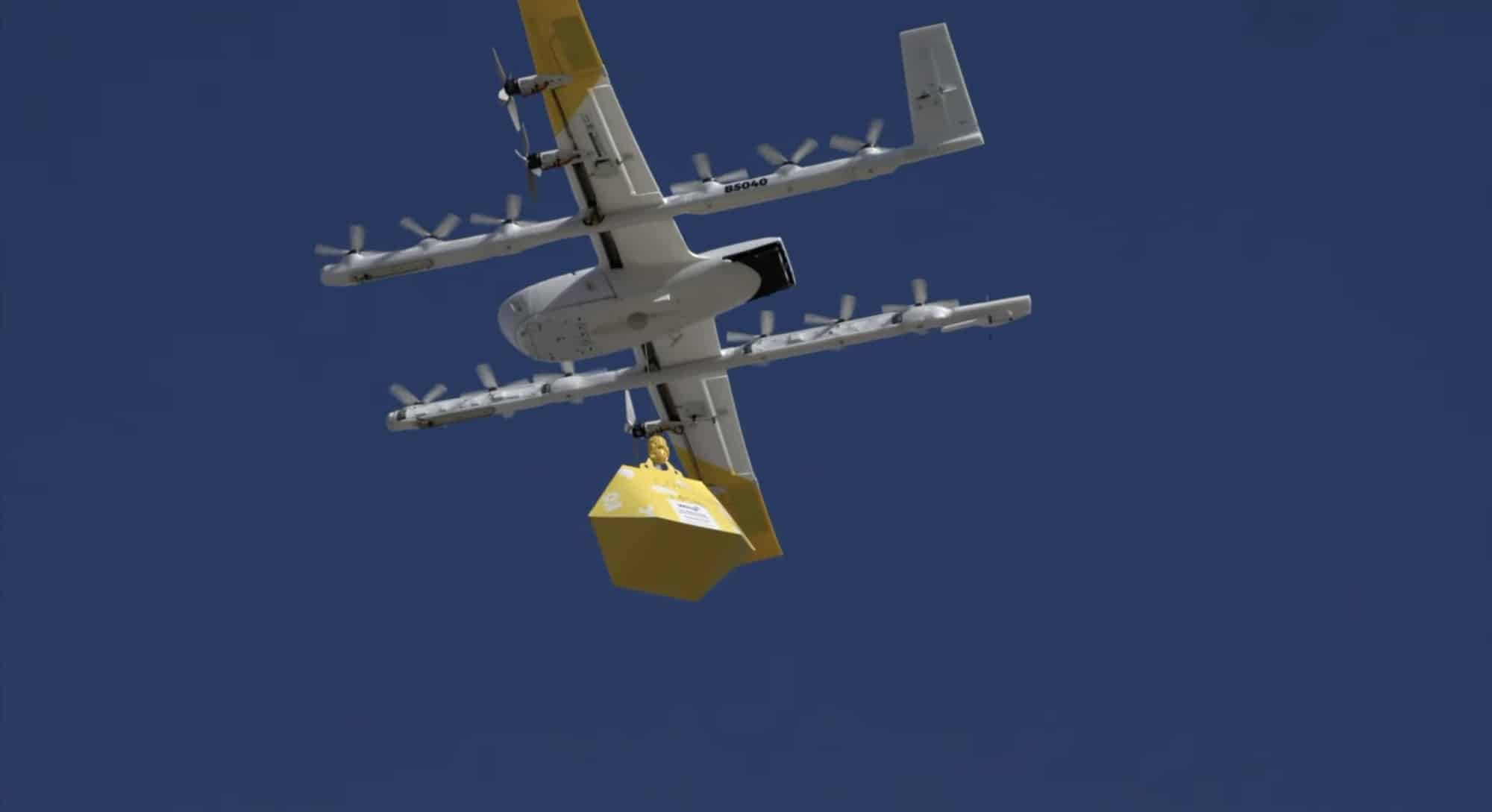
China’s push into the “low-altitude economy” is accelerating from showcase to scale, with the inaugural International Advanced Air Mobility Expo in Shanghai highlighting cargo drones, hydrogen-powered platforms, and multi-seat eVTOLs as Beijing seeks to define global aerial logistics—an ambition that carries major commercial and military implications for the United States. Early expo reporting emphasized record commercial intent deals and ecosystem building, underscoring a coordinated, state-backed drive to standardize operations below 3,000 meters (about 9,840 feet).

Expo signals industrial policy shift
Organizers positioned the Shanghai International Advanced Air Mobility Expo as a whole-of-chain platform—spanning infrastructure, manufacturing, and applications—to accelerate commercialization of low-altitude services across logistics, public services, and tourism. Local authorities framed the sector as a “trillion USD frontier,” signaling a maturation from prototype to deployment and a planned pipeline of pilot zones and supporting infrastructure.

Heavy cargo drones move from concept to production
Chinese developers are fielding large fixed‑wing cargo drones built for range and payloads that rival light crewed transports, positioning uncrewed aircraft to take missions once reserved for trucks, ships, or cargo planes. Air White Whale’s W5000—unveiled with a roughly 5‑ton (about 11,000 lb) payload, about 1,615-mile range, and a rear ramp for palletized freight—targets initial deliveries after domestic certification, with logistics operators engaging on remote supervision and multi-aircraft operations.

Logistics pilots expand to islands and medical corridors
Chinese express networks are integrating uncrewed delivery into difficult routes, including fast-turn medical and island services that bypass ferry and road constraints. SF Express has outlined route trials linking outlying islands for emergency medical transport and 24/7 logistics operations, while reporting on autonomous platforms highlights growing roles in agriculture, specialty foods, and urban distribution.
Standard-setting and airspace management
China’s approach couples hardware scale-up with airspace digitization—pilot zones, traffic systems, and new regulatory frameworks—to manage crowded low-altitude corridors and shorten time to market. Participation in international rulemaking for UAS and UTM is positioned to influence global norms, potentially aligning standards with domestic architectures and accelerating adoption abroad.

U.S. innovation vs. scaling gap
U.S. firms continue to prototype logistics UAVs for last‑mile delivery, humanitarian relief, and defense resupply, but fragmentation and certification friction slow the transition to production fleets. Policy momentum has focused on small tactical systems, while commercial cargo drone scaling remains encumbered by legacy assumptions about piloting, “see and avoid” requirements, and procurement models that treat uncrewed freighters like crewed aircraft rather than utility vehicles.
Following a June executive directive, the administration proposed a BVLOS rule in August aimed at enabling routine, performance-based operations—positioned as a step to ‘unleash American drone dominance’ and unlock scalable delivery.

Market stakes and industrial base
Analysts project drone logistics to reach tens of billions of dollars in the early 2030s as retail, health care, and urban mobility adopt low‑altitude networks, advantaging first movers that lock in equipment, data, and operational standards. Expo coverage framed this as an ecosystem race—supply chains, financing, and public procurement—where centralized signals in China are catalyzing alignment across industry and government.

Military logistics implications
Cargo drones promise persistent, risk-tolerant resupply over contested terrain, with high-altitude and littoral scenarios illustrating why autonomous delivery could decide whether forces sustain operations under fire. As large UAVs gain endurance and autonomy advantages—no fatigue constraints, no life‑support weight—the cost calculus favors scaled deployment for routine and high‑risk logistics alike.
DroneXL’s Take
This expo underscores a strategic contest over who defines the architecture and rules of low‑altitude logistics—and who captures the compounding advantages of scale, data, and interoperability. A practical question is whether U.S. policy can decouple crewed-era assumptions from uncrewed cargo operations fast enough to unlock procurement, certification, and airspace services that let commercial demand pull the sector forward. What near‑term actions—such as contracting for off‑the‑shelf utility use, performance‑based detect‑and‑avoid standards, and corridor pilots enabling 24/7 operations—would credibly signal a domestic scale‑up pathway? Share perspectives in the comments.


